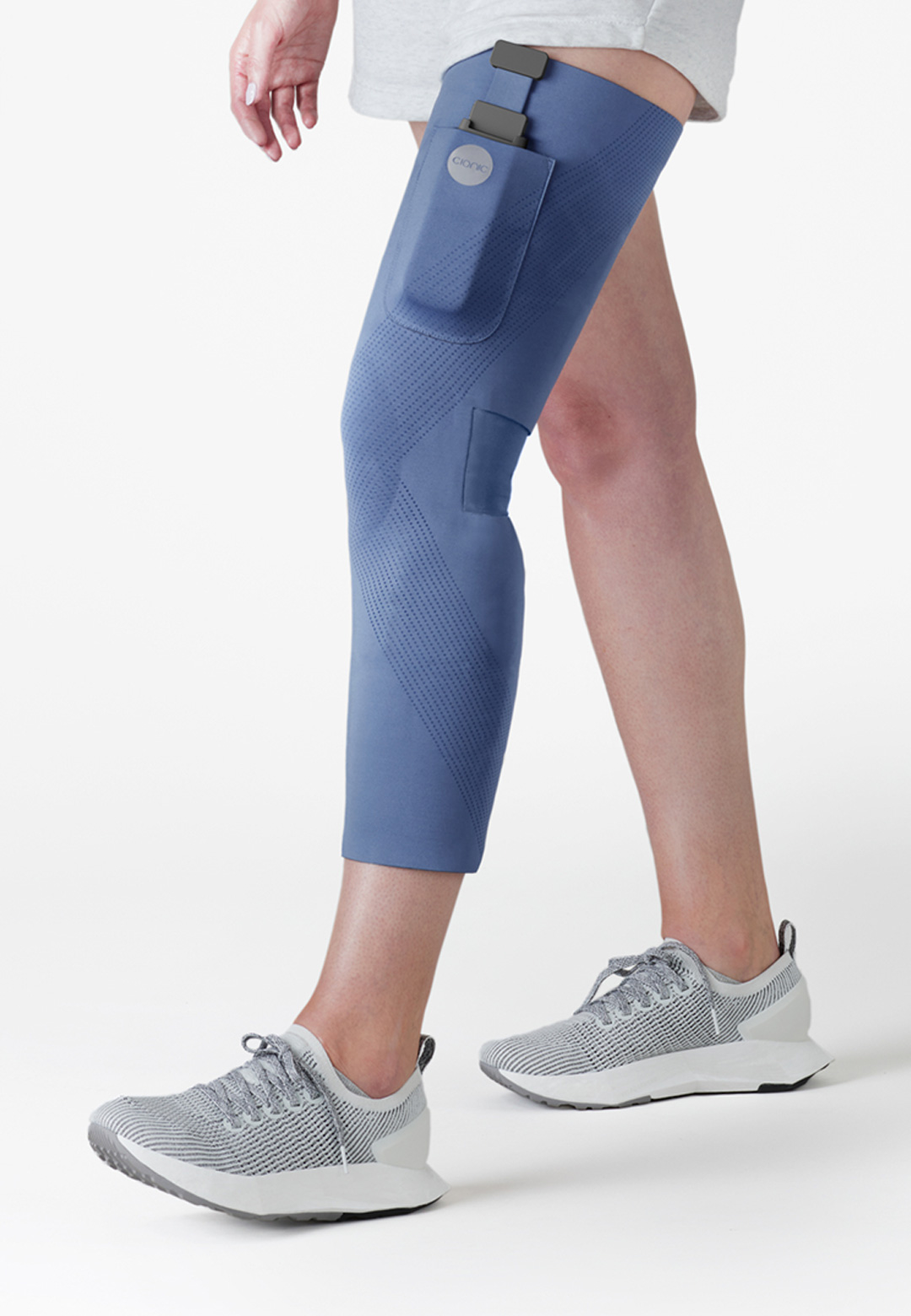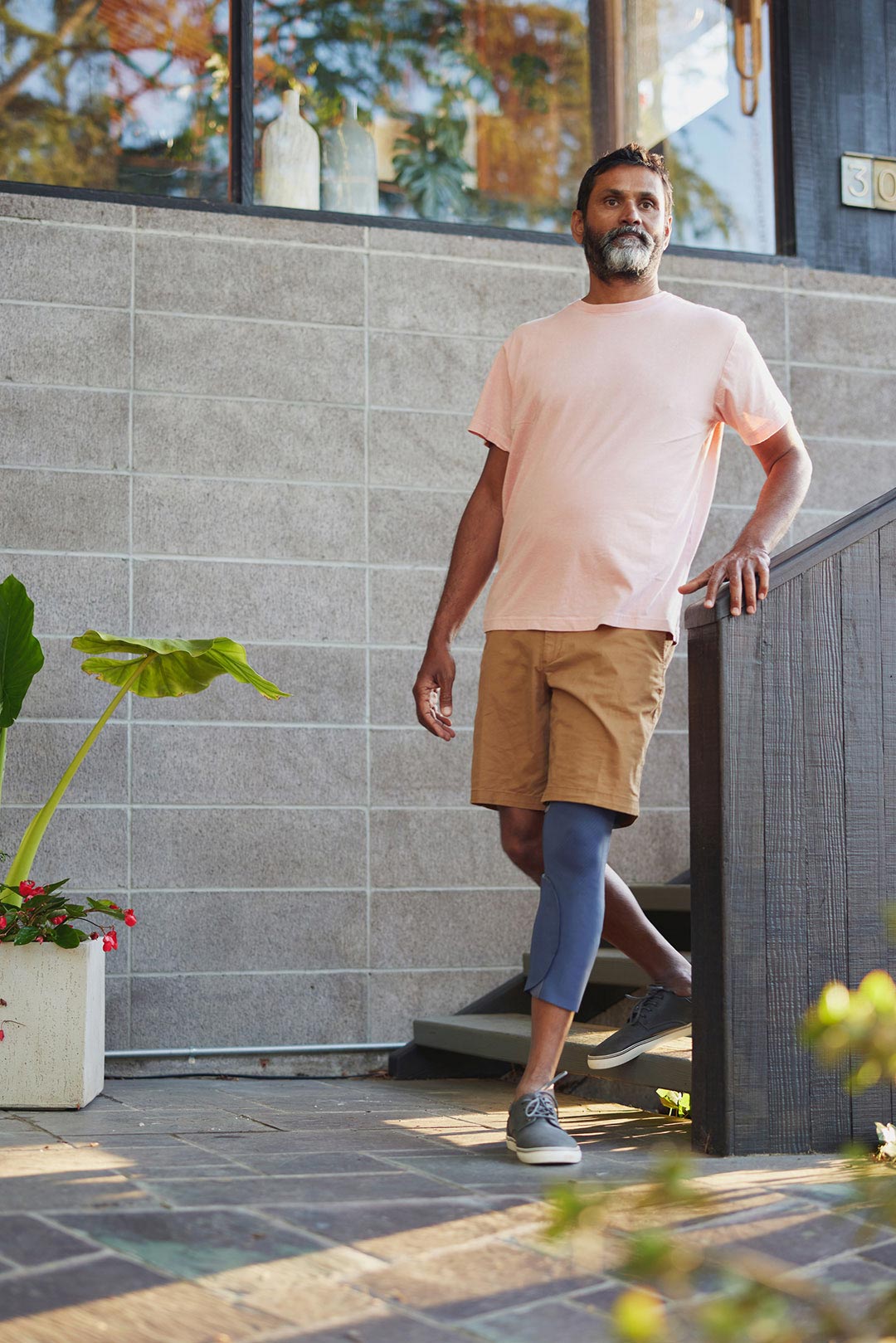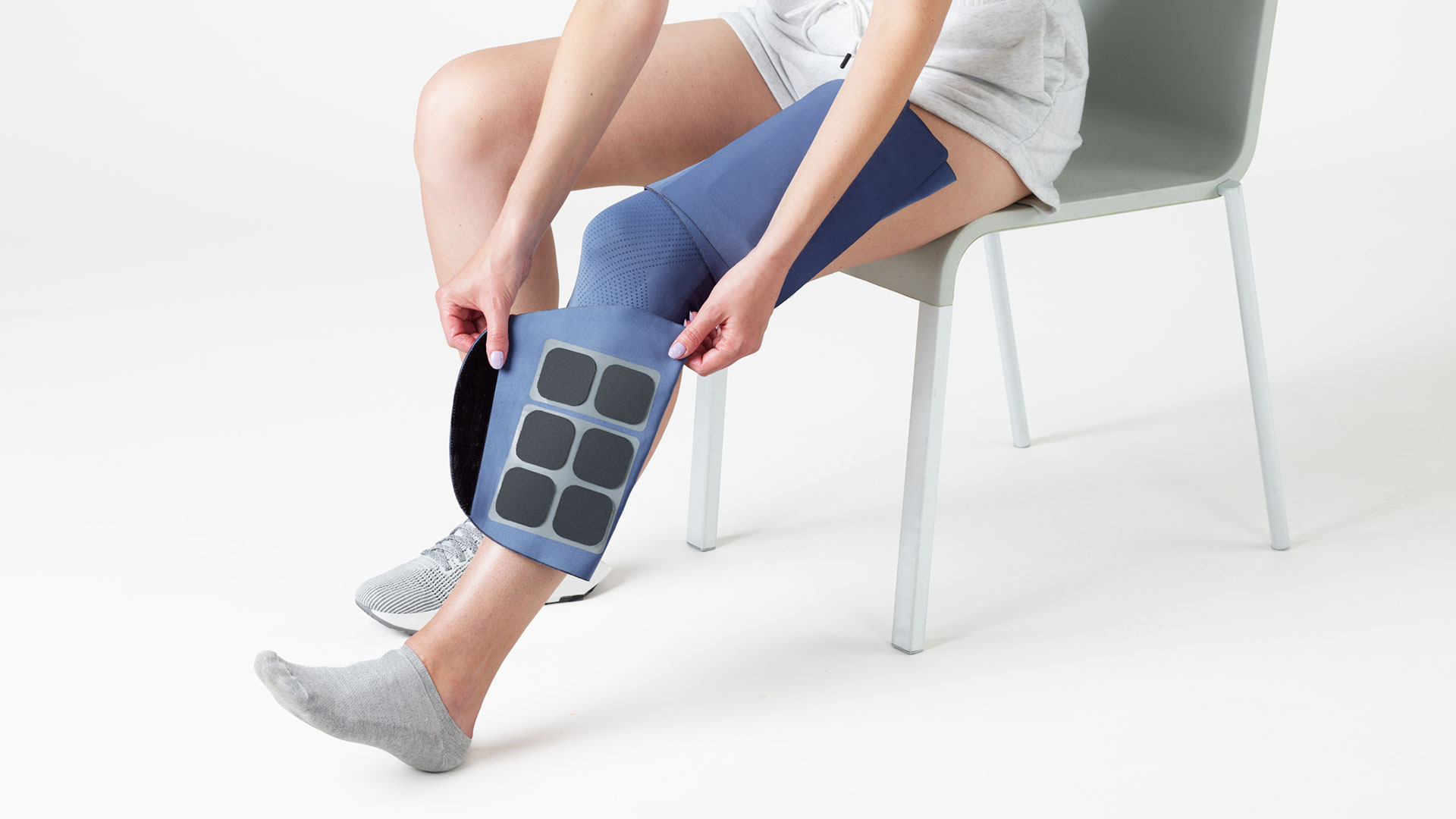Can good design reciprocate by humanising technology and providing life-altering solutions?
When San Francisco-based technologist Jeremiah Robinson’s eight-year-old daughter was diagnosed with cerebral palsy, the sheer helplessness of seeing her struggle with mobility slowly fired him up with a desire to transform his daughter’s life by giving her something other than crutches, a walker or a wheelchair. Robinson quit his job and shifted base to the garage where he worked tirelessly for four years to realise his dream, a dream to live in a world where people with limited mobility could live independent lives. His company Cionic was born in 2018, and its first offering - a bionic leg wearable called the Neural Sleeve – uses AI to augment human movement in real time. Designed for individuals living with stroke, cerebral palsy, progressive spinal cord injuries, multiple sclerosis and Parkinson’s, the mobility aid has been developed in collaboration with Swiss designer Yves Béhar and his critically-acclaimed industrial design and branding firm, fuseproject.
Understanding that those who have mobility difference feel the emotional burden of being taken care of by people, Neural Sleeve’s intent has been to make them feel in control of their lives. Much like an athlete legging, the wearable technology is designed to look like a sports product instead of a medical one; its materiality and colours too have particularly been chosen to allow patients to recover with confidence.

The sleeve is focused on neural signalling. When a patient puts it on by strapping it around their lower leg using a velcro tie, the electrodes placed inside the sleeve use software controlled currents to activate muscles. The product design combines two distinct technologies in a discreet garment: first is the prediction of the mobility intent in which the device measures the electrical signals that the brain sends to the muscles which further elicits movement; the latter is a programmable simulation that, based on the former information, channels augmented current to different muscles, thus paving way to a spectrum of movements. When paired with an intuitive app, the wearable design allows users to be in control of their own mobility journeys.
For Béhar, the development of Neural Sleeve was largely about countering three key design challenges. The first was the complex integration of a wirebus to deliver electricity to the electrodes, all within the soft, lightweight fabric of the bionic garment. Secondly, the smart gadget was to be made in such a way that the user finds it convenient to wear or remove it. “Ease of use is critical for people with limited mobility: The donning and doffing process, designed around the technical requirements, focused on positioning and placement to translate across multiple user groups. This is particularly pertinent to stroke survivors, or other users that have limited mobility on one side of their bodies, as the opposing (more mobile) side must do all the work,” explains the design team at fuseproject in an official release. To come to a solution, over 50 prototypes of the sleeve were made which tested different scenarios of user interface. Lastly, the idea was to create an aesthetic that fits in people’s everyday lifestyles, and not something that comes across as odd, dull and bulky.
Multiple trials of the sleeve were conducted to understand how it affects different people. A key success of this process was found in an improvement in foot drop – a condition in which one cannot raise the front part of one or both feet. As per Cionic, there has been an average improvement of nine degrees of movement in patients which is deemed to be a clinically significant feat. Several home usability trials were also conducted to assess the sleeve’s impact on mobility over time. Cionic claims that “not only has mobility improved for many of these users, but the number of users experiencing moderate to severe pain was reduced by 60 per cent, and the number of users experiencing moderate to severe anxiety or depression was reduced by 75 per cent.” The sleeve has received clearance from the FDA and is expected to be available in the market from next year.
Cionic and fuseproject’s collaboration highlights the fact that over 35 million Americans are living with mobility impairment and that it becomes a growing challenge as the population ages. The need for customisable, full spectrum solutions thus becomes a necessity. In the information age where technology seems to be bridging every gap, wearable designs such as the Cionic Neural Sleeve hopes for a world where disability isn’t even a word anymore. It dreams of a future where augmentation could be normalised as a human function and where everyone lives with confidence, and self-worth.






 Sign in with email
Sign in with email












What do you think?